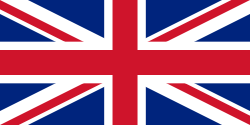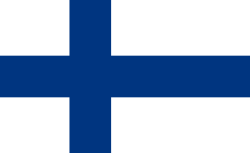CARBON FIBER
Carbon fibres are suitable for reinforcing all types of thermoset and thermoplastic polymers. They are primarily used when the product requires strength, stiffness and lightness. Carbon fiber not only reduces the weight of structures – it also extends their service life. The material does not rust, absorb moisture or suffer from common environmental effects like wood or metal. The result is a composite that weighs only a fraction of metals but can withstand tensile and load stresses even better than steel.
The possibilities for using carbon fiber are nearly limitless. Examples of applications include sports equipment, boats, cars, motorcycles, aerospace, and construction and repair sectors.
Here, carbon fiber refers to fiber with a high carbon content, typically 95–99% (>97%), characterized by high modulus of elasticity and great strength, making it ideal for reinforcing plastics.
Carbon fibers are produced by carbonizing a suitable precursor material in a controlled process. The production of carbon in fiber form has been known for a long time, but it was the aerospace and aviation industries’ need for lighter yet sufficiently strong and stiff structural materials that accelerated the research into carbon fibers. Commercial production levels were reached in the late 1960s. Today, carbon fibers have established themselves as a significant reinforcement material for plastics. During the 1990s, annual sales growth averaged 8%, and it is projected to rise to 10–12% in the 2000s.
In our selection, carbon fiber is available in various forms: carbon fiber fabric (carbon fiber weave), carbon fiber biaxial fabric, carbon fiber tape and carbon fiber braid (carbon fiber sleeve). When choosing, attention should be paid to the thickness and areal weight of the carbon fiber tow (fiber bundle). Small quantities are also available.
Primetex carbon fiber fabric is a higher-quality fabric compared to standard carbon fiber fabric: during weaving, the carbon fiber tows are flattened and precisely positioned at regular intervals. The gaps between fiber bundles are almost eliminated, making even thinner fabric truly opaque. The surface appearance of the carbon fiber pattern is cosmetically superior to standard fabric. Additionally, all holes in the laminate that contain only resin form weak spots. For this reason, Primetex carbon fiber fabric also produces stronger laminates.
In Kevra’s online store, all fabrics are neatly rolled onto cardboard tubes and carefully cut with an electric cutter (folded fabrics sold in plastic bags by discount chains may leave unpleasant wrinkles and defects on the composite surface). If a customer orders, for example, 2 packs of fabric, the fabric is always delivered as one continuous piece (e.g., if the fabric width is 1.27 m and 2 x 3 m² is ordered in the shopping cart, we measure 4.72 linear meters and tightly roll it onto a cardboard tube without damaging the fabric’s pattern). Additionally, we package the reinforcement with sturdy protective paper for transport.
Carbon fiber is more than just a material - it is a solution when the goal is to combine lightness, durability and cutting-edge technology. From us, you will find high-quality carbon fiber products for all kinds of projects – whether you are building, repairing or creating something new.

